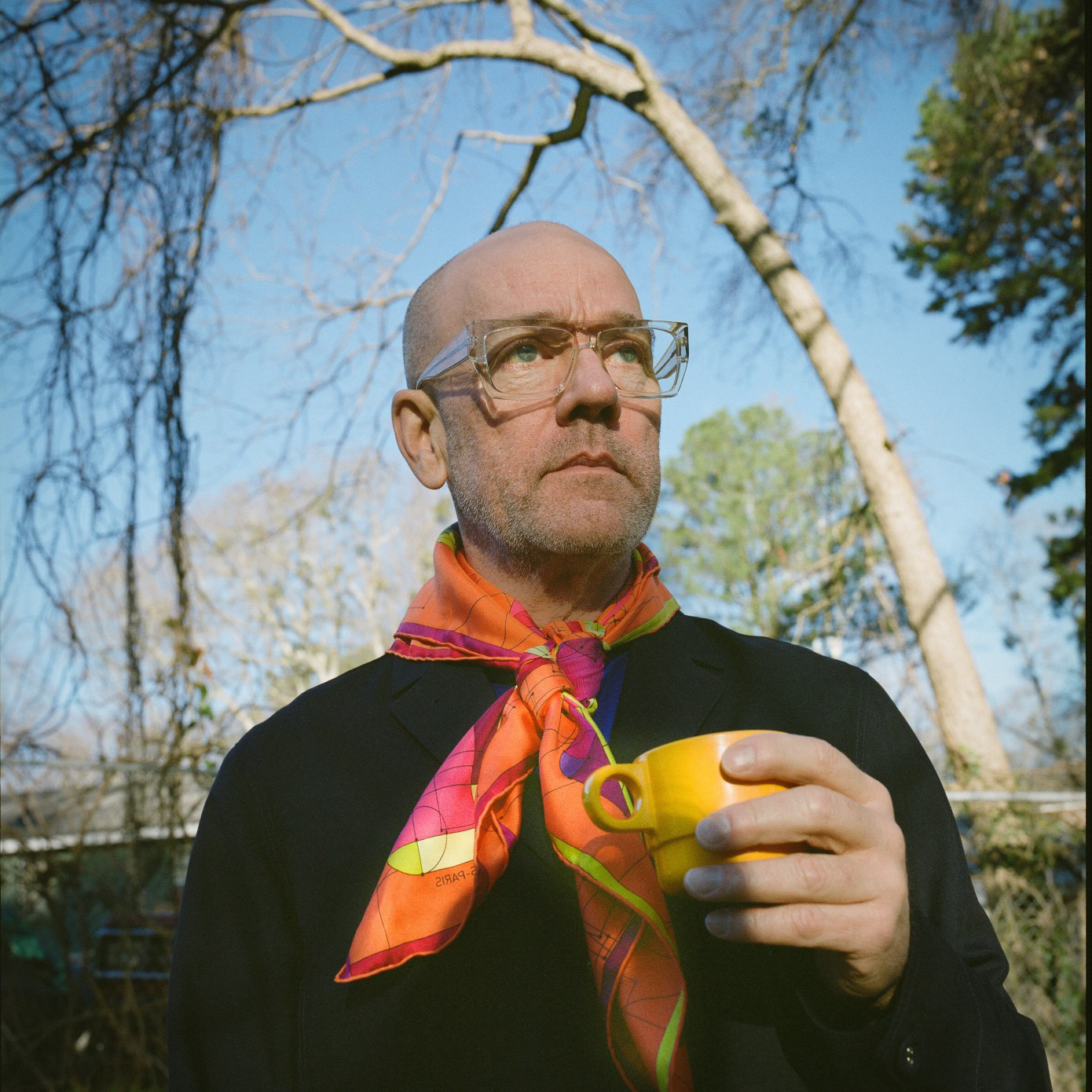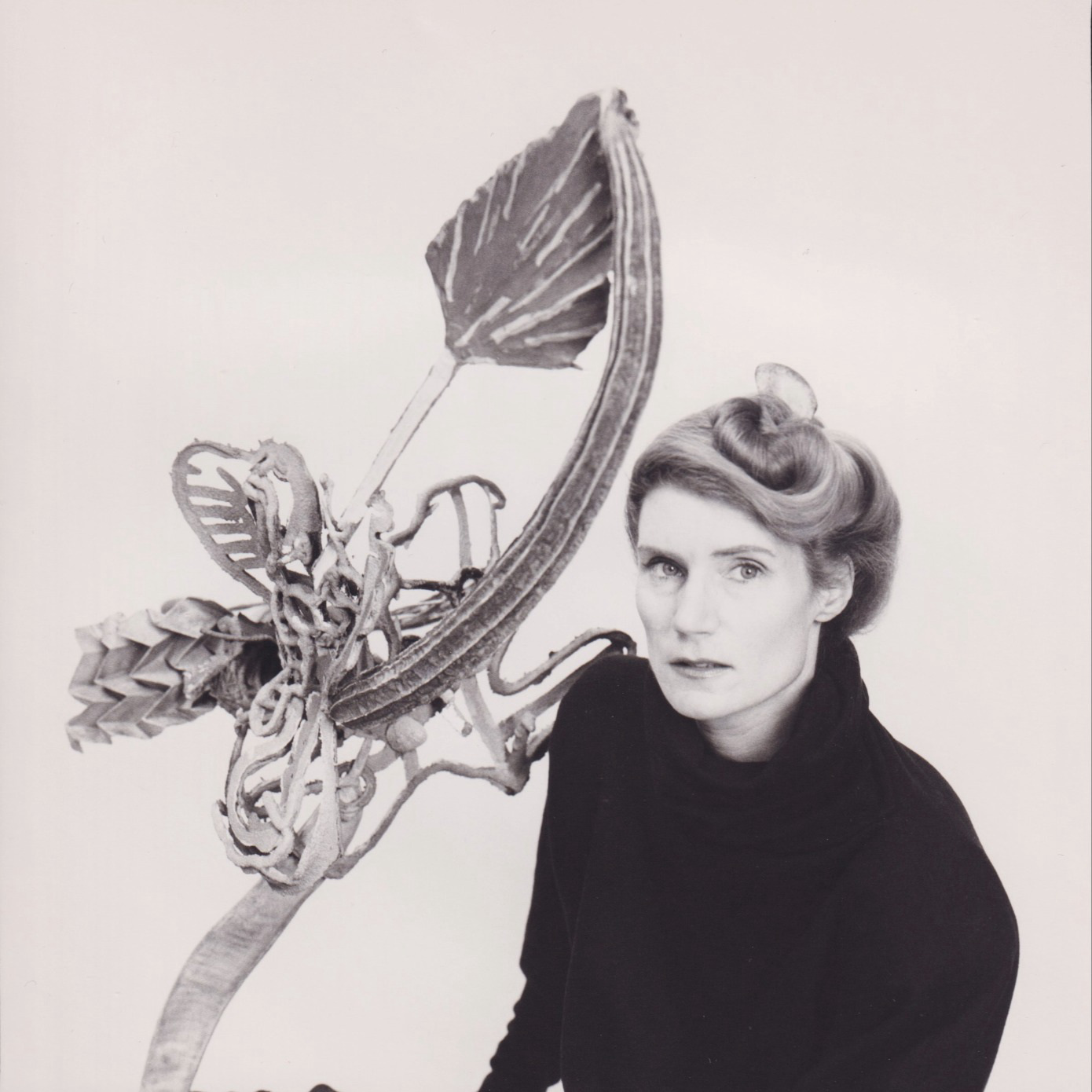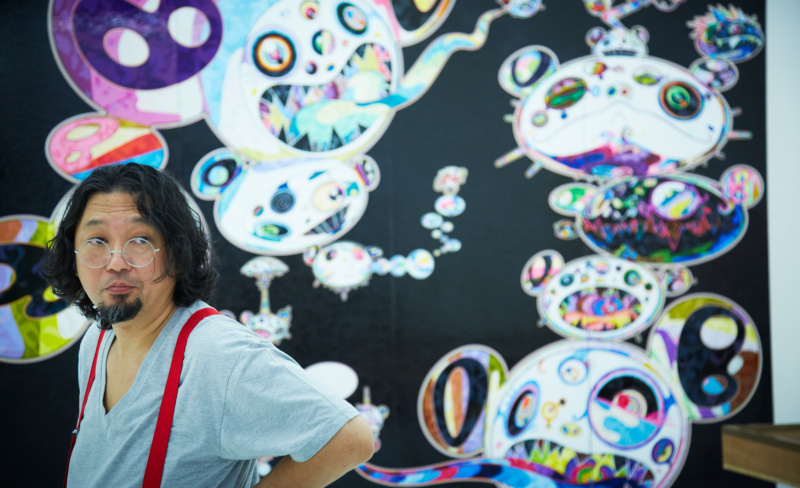
The cover art for King’s Disease (2020) invites study. Crafted by neoclassicist Harmonia Rosales, the artwork of Nasir Jones’s Grammy-winning album is steeped in allegory. Red-fleshed cherubs swarm a wooden throne. Gimlet-eyed snakes peek through dewy flowers. There is a stately table filled with rich foods. Slain fish are pressed beneath a boar’s skull. A bloodied papaya is flanked by pearls and grapes and a dagger. Skulls sit beside pears and gold coins rest underneath rotten apples. It’s the kind of image that assaults the senses.
In a rational world, excellence is embraced. Greeted by smiles, praised with honest compliments and accolades, exceptional art has the ability to elevate life. For nearly three decades, Nas has made a habit of composing high-quality music. From his 1994 debut, Illmatic, to 2018’s Nasir, each of his 12 albums feels like a crash course in the American curriculum. In March, Jones received his first Grammy, for King’s Disease. The same week the Library of Congress announced Illmatic had been selected for preservation.
“Both of those wins were a surprise. They made my year lighter, especially when the world had me feeling down. Sometimes things come at you to make you feel like you don’t belong, to make you feel unworthy, and that’s a trick,” Jones tells me.

It’s a Thursday afternoon in late April, and we’re seated inside UTA Artist Space. On display is artist Ferrari Sheppard’s exhibition “Positions of Power.” With portraits of Jimi Hendrix and a shrine dedicated to Tupac, the space has the effect of a hallowed hall teeming with the spirits of cultural icons. Jones is dressed comfortably, in sumptuous sweatpants and a fitted hat, and speaks with the measured clarity of an orator. “It feels good to put out more music,” says Nas. “It feels nice to be celebrated, but it’s strange when you look at everything else going on and see the state of our world.”
Two days before our meeting Jones flew to New York for the celebration of the life of close friend and collaborator DMX. After a year marked by streams of deaths, the loss of yet another luminary was crushing. “It’s tragic, but his life is full of accomplishments. He taught me to stay dangerous, to never forget where you’re from, and he put a positive light on spirituality within hip hop. He’s one of the most intelligent people I’ve ever met. One of the greatest artists I’ve ever witnessed.”
Spirituality has long been an enduring force in Jones’s life. He is reticent to dwell on tragedy, preferring instead to focus on the living legacy of creativity. “One thing I’ve learned is that the spirit is bigger than the flesh. When you realize that you’re able to look at things from a wider view. There’s a bigger purpose for our lives. Our spirits are eternal and the work of the spirit is eternal.”
Last year, during global pause, he learned how to finally “sit down.” After years of constant touring and feeding a “lion that was already full,” he shifted gears and allowed himself to flow. This flow helped him finalize King’s Disease, a lyrically deft record that examines a culture more focused on excessive materialism and hedonism than coherence. On songs like “Til the War Is Won” he depicts the systemic violence that continues to fracture modern Black families. An avid writer, Jones shifted his recording process for the first time in years:
“I used to feel like I needed to commit things to paper. These days, that’s not the case, it’s more about allowing myself to be open to inspiration, to let the music move through me. In the beginning of my career I was a younger guy with the world in my hands for the very first time. You go crazy, you don’t stop, especially when it comes to music. When I look back, I was able to grow with the times, I was able to learn with the times. Each project is such a different period, but the way I do it today is different. I’m still attached to my roots, but at the same time, I’m here. I’m present.”

At 47, Jones is one of the artistic progenitors of modern hip hop. His lifeworlds have sowed the seeds for many of today’s artists. To some he is regarded with totemic status, with classic hits evoking memories of rap’s Golden Age. To others his work is an avenue for remembering, a portal towards higher imaginings less available in today’s mainstream records. But throughout his career he has remained future-oriented. Quietly, he’s established himself as an entrepreneurial titan. In 2014, he co-founded QueensBridge Venture Partners, a firm focused on expanding the cultural equity of technology. With investments in brands like Casper, Dropbox and Lyft, Jones is one of the legacy artists most successfully navigating the digital-streaming era.
These days, he’s also expanded storytelling into films. Earlier this year Netflix purchased Monster (2018), a film adaptation of the bestselling book that Jones executive-produced. Next up is a new documentary for cross-platform programming series Hip Hop 50. Focusing on DJ Kool Herc’s infamous 1973 back-to-school party, where it all began, it’s a film that contextualizes the genre’s origins.
“Personally, I think hip hop’s been around since the beginning of time. But for a new generation it’s important to put a timetable on it. Out of respect for what happened in the Bronx in ’73, we wanted to pinpoint a moment in time that should be honored. With hip hop being so in-demand, so culturally viable, everyone needs to understand its rich history and learn who the original pioneers were.”
Surrounding us are the eyeless faces of Ferrari Sheppard’s lush portraits. Dripping in Black elegance, they seem to mirror the possibilities of a brand new world. Before Jones leaves, I ask how his definition of success has changed. Smiling wide and ageless, he chuckles.
“Success to me has never changed. It’s still a peace of mind. It’s knowing that what you’re doing is right. Are you a great friend to your friends? A great father to your children? Those are things that fuel me. I try to be the best I can be and not to stray from the path I’ve been on for as long as I can remember. It doesn’t matter how big you get in the world’s eyes, how rich or poor, it all comes down to respect. Do you treat people with dignity? Do you respect others? Because ultimately that reflects outward. And in this era, there’s no room for ego.”

Craving more culture? Sign up to receive the Cultured newsletter, a biweekly guide to what’s new and what’s next in art, architecture, design and more.









